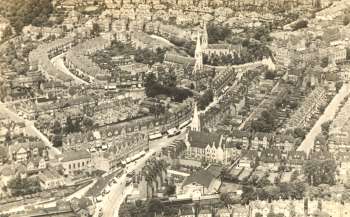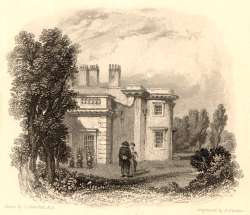Contents
Streatham: A 19th century dormitory suburb
by Graham Gower
Introduction
In the long history of Streatham the most complex, and one of the most interesting series of events, involved its suburban development. In a brief period of some 30 years or so, Streatham was transformed from a small Surrey village into the large, bustling suburb we see today. Although the main period of suburbanisation occurred during the last decades of the 19th century, the metropolitan growth of London had for some time been impinging upon the rural communities of North Surrey.
During the last decades of the 18th century, ribbon development along the highways south of London had brought the villages of Clapham and Streatham closer to London. The coming of the railway, improvements in road transport and increases in population encouraged the rapid suburbanisation of Streatham. This process was not completed until the 1930s, when the present townscape of Streatham was finally established.
In a number of ways Streatham typifies the growth of a London suburb, experiencing many of the problems in changing from a rural community to a metropolitan suburb.
In the wake of suburban development, Streatham has been given many attributes. Among these was a rich and varied architecture containing some important 19th and 20th century buildings, many designed by the leading architects of the day.
Streatham also attracted people of note, famed for their contributions to the arts and sciences, politics, entertainment and sport. Furthermore, the nature of suburban growth gave Streatham a pleasing environment, and her location to the south of central London ensured her popularity as a place to live.
A History of Suburban Streatham charts the main events that stimulated, influenced and effected suburban development in Streatham.


